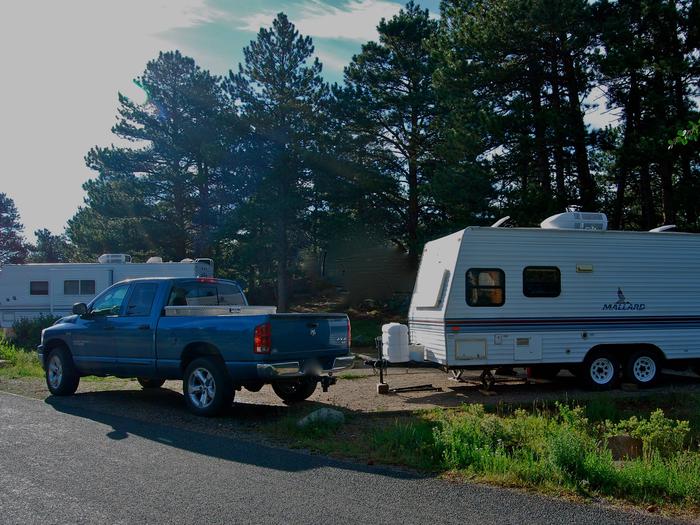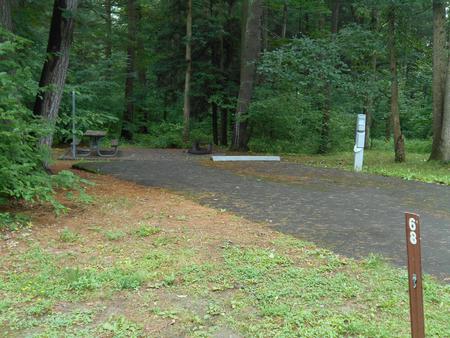Directions
From Douglas, Arizona, take Highway 191 north to mile marker 11. About 1/4 mile past milepost take paved road to the east for 1 mile to refuge office complex.
Phone
520-364-2104
Activities
HIKING, HUNTING
Camping Reservations
Reserve your campsite at these camping areas:
Hiking Trails
Looking for nice hiking areas to take a hike? Choose from these scenic hiking trails:
Related Link(s)
The San Bernardino National Wildlife Refuge is located on the U.S.-Mexican border in Cochise County, Arizona. Situated at 3,720 to 3,920 feet elevation in the bottom of a wide valley, the refuge encompasses a portion of the headquarters of the Yaqui River, which drains primarily western Chihuahua and eastern Sonora, Mexico. The 2,309-acre ranch was acquired by the U.S. Fish and Wildlife Service in 1982 to protect the water resources and provide habitat for endangered native fishes.
This area is part of the basin and range geologic region, characterized by linear mountain ranges which are separated by broad, flat basins. The region was impacted by relatively recent volcanic activity, leaving volcanic plugs and cinder cones visible throughout the San Bernardino Valley. Earthquakes have further altered the region and helped allow the flow of many springs and seeps. All of these dynamic geological events have played major roles in shaping the valley, catching and storing crucial water, helping determine the variety of plants and animals present, and creating a beautiful landscape for humans to enjoy.
The San Bernardino Valley once supported permanently flowing creeks, springs, and marshy wetlands. In addition, the giant sacaton grassland in the valley was once described as “a luxuriant meadow some eight or ten miles long and a mile wide.” The dependable source of water and grass made the area not only invaluable to a huge diversity of fish and wildlife, but also a center of human activity for centuries.
With expanding settlement beginning in the late 1800’s came farming, mining, and livestock production, all of which competed for the same precious water. While the extensive wetlands here once provided historic habitat for eight different kinds of native fish, the lowering water table led to severe changes in the habitat and the eventual local extinctions of many species.





